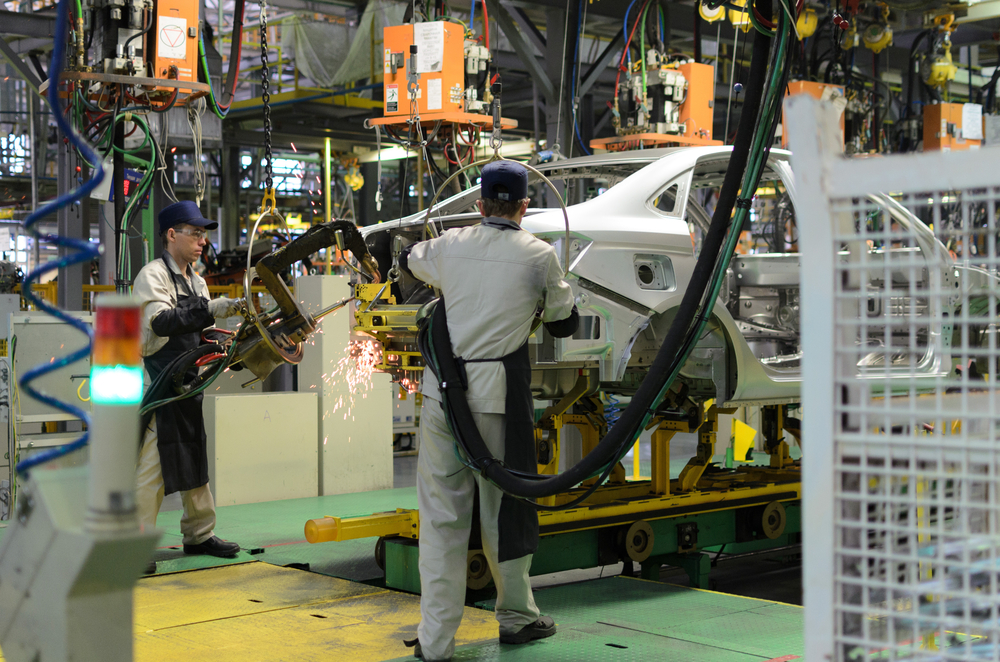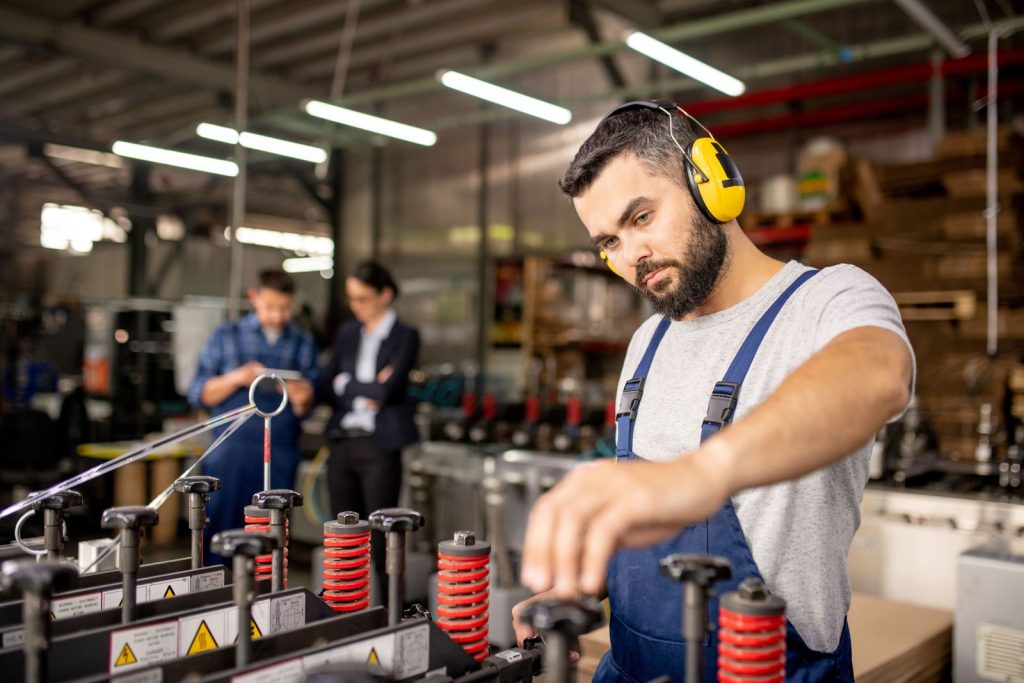Longevity for Automotive Production Workers

Over 91 percent of households in the United States report owning at least one vehicle, with over half of those households owning two or more vehicles. Despite the widespread ownership of cars, trucks, and other types of vehicles in the country, most people have little idea of how those cars are manufactured. Automotive production jobs have long been a cornerstone of the U.S. economy. Even during economic downturns, thousands of workers around the country have been employed in automotive plants. According to recent statistics, at least 187,000 people worked directly in automotive production plants across the United States, with thousands of others working in related industries.
The Bureau of Labor Statistics (BLS) reports that the average salary for a worker in the motor vehicle manufacturing sector stood at just over $30 per hour, making this an enticing job for many workers. However, it is important to note that these factory workers face several unique risks on the jobsite. Below, we explain some of the automotive industry risks and how they can be prevented. We also look at how motor vehicle manufacturing workers and their employers can implement ergonomic solutions and processes to reduce the frequency and severity of workplace injuries.
Automotive Industry Risks
Automotive manufacturing workers generally work in a factory setting surrounded by moving equipment, heavy machinery, loud noises, and some sharp objects. Much of the work is repetitive in nature, which also poses the risk for ergonomic health issues in the mid to long-term. The BLS reports that “workers in motor vehicle manufacturing suffered 6.3 nonfatal injuries and illnesses per 100 full-time workers in 2018. The rate for the industry remained over twice as high as the rate for all private industry each year from 2009 to 2018.”
Some of the most common occupational hazards for workers in the automotive industry include:
- Strains, sprains and chronic musculoskeletal conditions.
These are the most common types of injuries, and occur due to the physical demand on automotive workers. Workers manually handle and install many of the individual parts during the manufacturing process. This leads to regular bending, reaching, stretching, pulling, lifting, and working in cramped positions. Improper lifting techniques along with monotonous, repetitive motions and holding fixed postures for long periods of time can all produce injury. Crowded work areas and fast cycle times can lead to ergonomic issues that also play a role in increased incidence of sprains, strains – including acute muscle tears – and chronic MSDs. - Eye injuries.
Eye injuries are unfortunately another common occupational hazard for automotive production workers. These injuries can occur due to tiny particles that may become volatile while grinding, working under vehicles and cleaning parts during the manufacturing process. - Hearing Problems.
Furthermore, working around loud noise and vibrations in an automotive manufacturing plant can result in deafening of ears. - Chemical Exposure.
Automotive workers also tend to be exposed to hazardous substances and chemicals such as petrol, solvents, degreasers, paints and other cleaning products. This can lead to chemical burns and respiratory problems.
How To Prevent Injuries For Automotive Production Workers
Preventing injuries is always more cost effective than having to deal with them once they occur. In the specific case of automotive production workers, injury prevention begins with an open and honest discussion with employees on the issues of wellness, quality, efficiency and injury prevention techniques. Proper training in biomechanics, not only in lifting activities and manual handling ,but all job tasks can help to prevent sprains, strains and MSDs. Techniques in muscular fatigue mitigation and self care are also essential to help reduce exposure and keep employees safe.
In the case of heavy loads, proper and safe use of mechanical load shifting devices such as cranes, hoists, and forklifts can also reduce injuries. Of course, employers also need to ensure that their workers are provided with the required personal protective equipment (PPE). Requiring safety glasses helps reduce the chance of eye injury. Noise assessments should be planned and conducted regularly, and ear plugs or ear muffs should be required in appropriate areas.
To prevent long-term ergonomic problems, developing a strategy to rotate workers through a variety of tasks can ensure that workers do not perform repetitive tasks for longer periods. This is one of the best ways to reduce the most common musculoskeletal disorders affecting all sorts of factory workers.
Keep Your Workers Healthier, Longer With Work-Fit
For businesses in the automotive production industry, hiring a third-party contractor is and excellent way to develop and implement the best strategies to keep automotive production workers safe. Work-Fit is a leading onsite and telehealth injury prevention and wellness management program for your workforce. Our injury prevention program is a great resource that can help your automotive employees be safe, while also increasing your company’s bottom line.
We also offer a leading ergonomics program that can help you generate savings on worker’s compensation by identifying the root cause of recurrent musculoskeletal disorders that keeps valuable workers away from the job. Our proactive, preventive care process starts with learning about your company’s work environment and where your employees spend the majority of their time. We build relationships with employees and management to discover MSD stressors in your workplace, and partner with you to help you reduce them.
Contact Work-Fit today to see how we can help your company.



